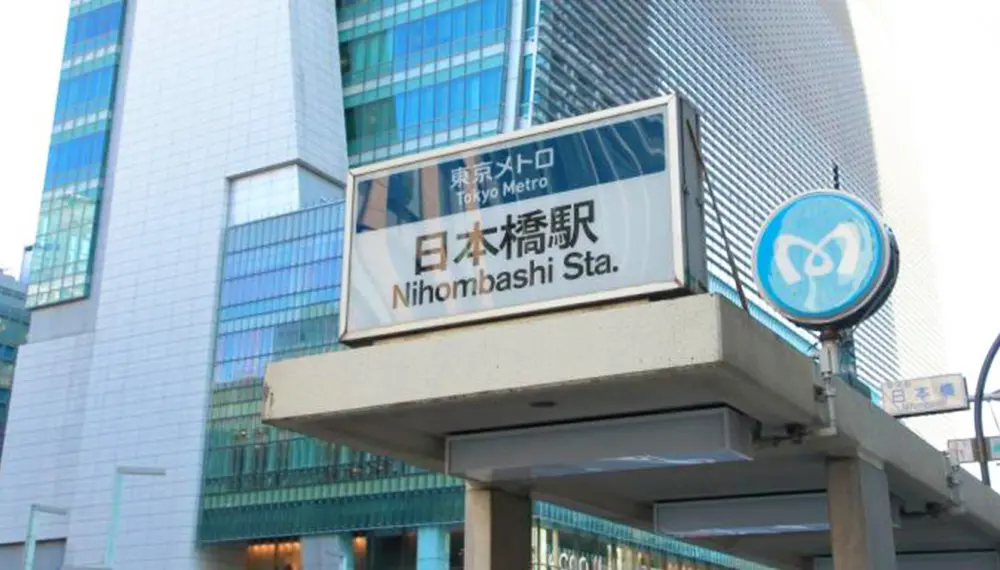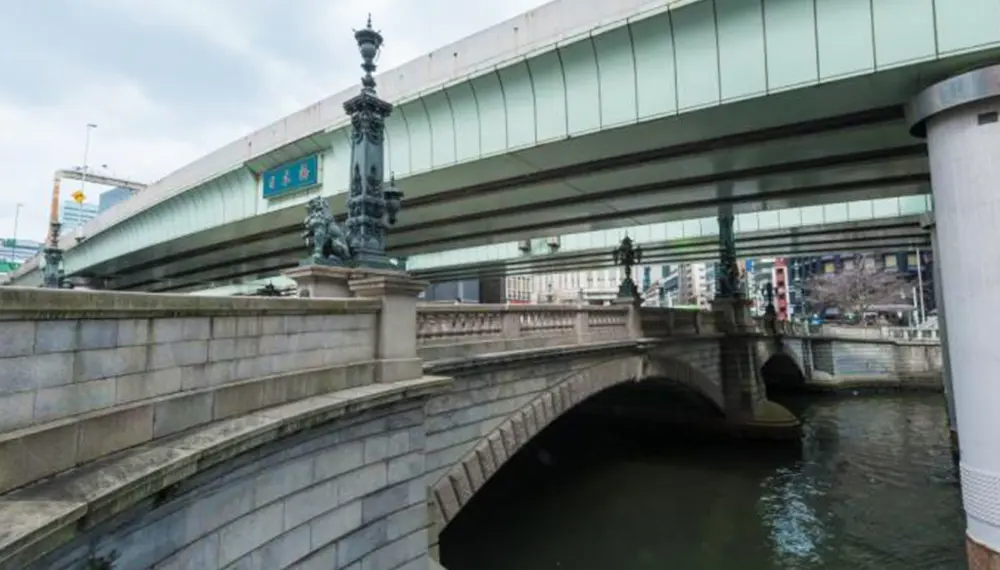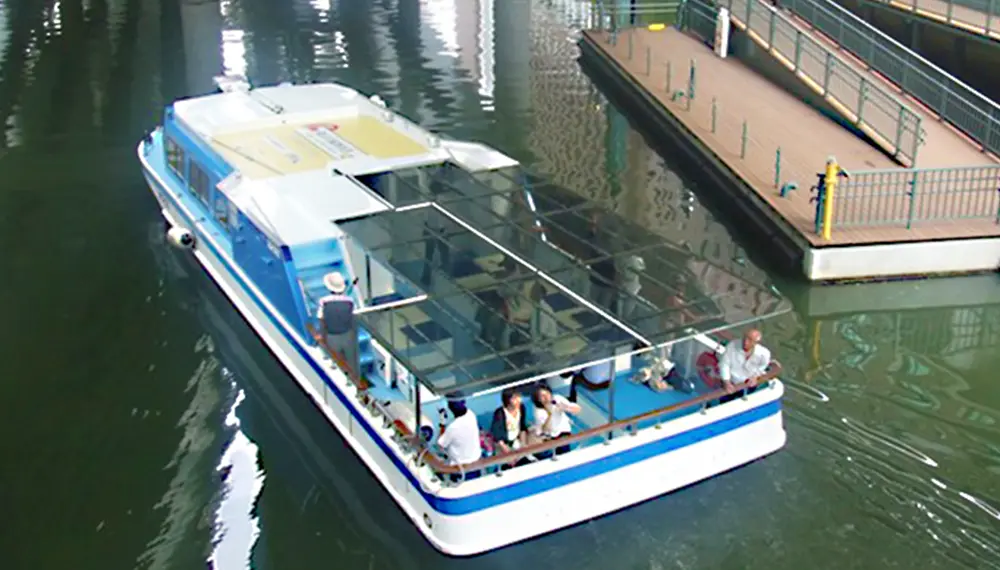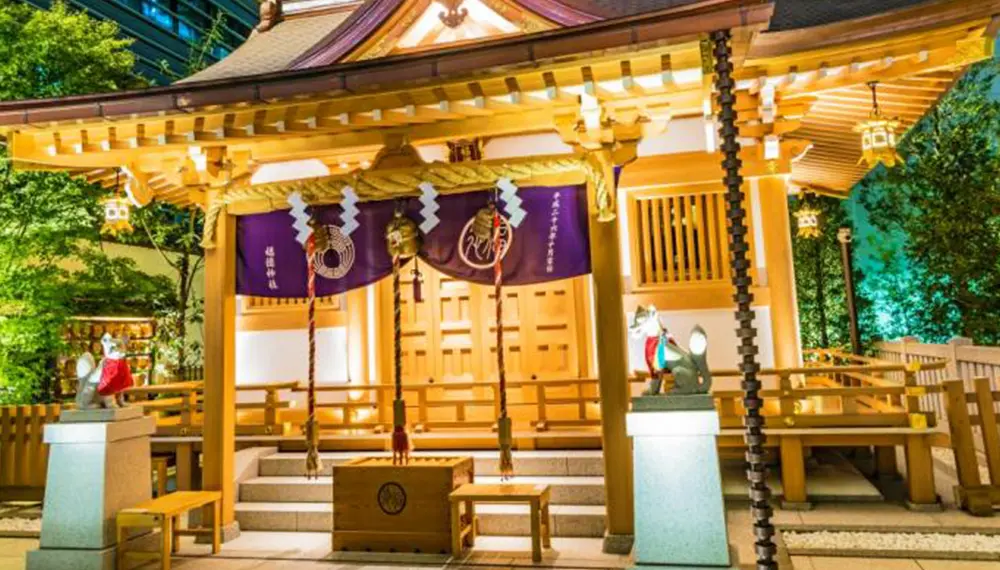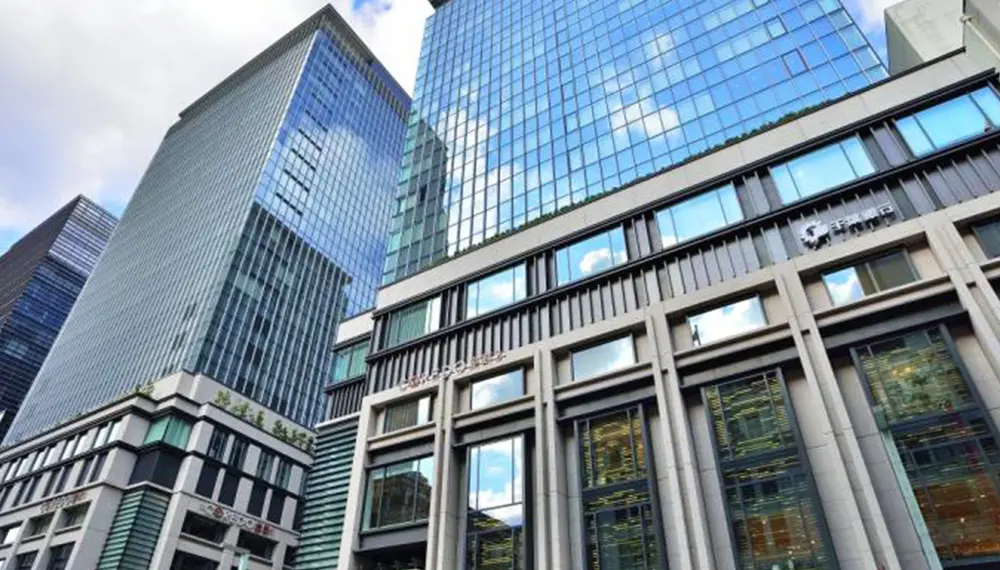
- Share this page
Share this page
- EN
Select Language
- FAVORITES
- Search
Detailed search: You can do a detailed search by keyword, genre, time, area and tag.
Main content starts here.
- Visit Tokyo |
- SPOT |
- Central Tokyo |
- Nihonbashi – a bridge between traditional and modern Tokyo |
- Explore Nihonbashi
Updated: December 9, 2025
Explore Nihonbashi
Your current location:
- Central Tokyo
- Nihombashi
- Explore Nihonbashi
Uncover downtown Tokyo's rich traditions behind the gleaming facades of Nihonbashi
All roads in Japan lead to Nihonbashi which, for the uninitiated, may seem to be a spillover from the nearby Ginza and Tokyo stations with its gleaming malls and office skyscrapers. But look closer and you will see that it is steeped in history and tradition. A walk through this neighborhood of downtown Tokyo will uncover shrines and bridges, including one bearing the "Kilometer Zero" sign, as well as Japan's first department store and venerable generations-old eateries.
General Tips
|
Map Legend
- Walking
- Taxi
- Bus
- Train
- Water Bus
